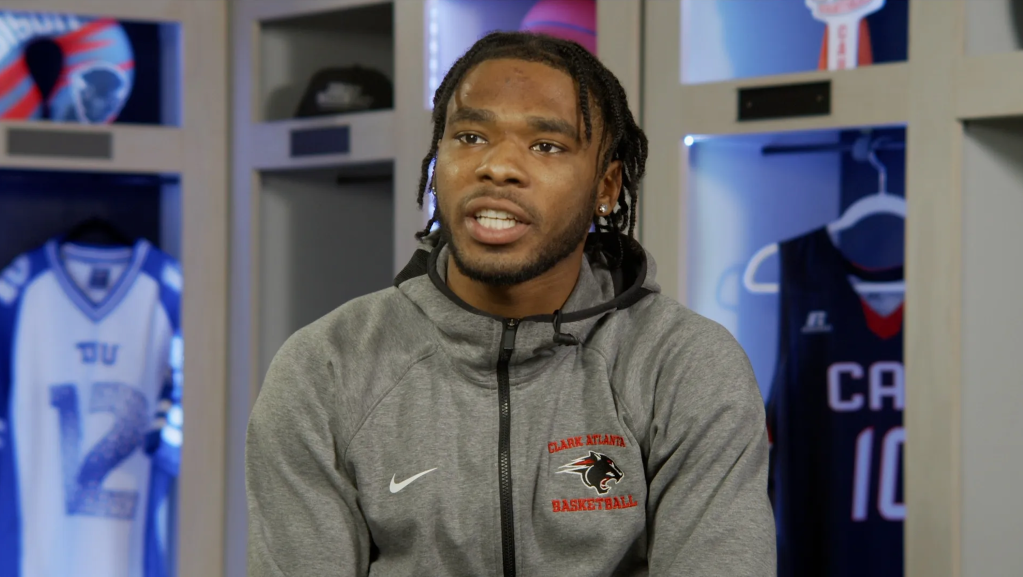With all the drama going on in Washington D.C., Ubisoft couldn’t have picked a better time to release a game that puts us in a post near-apocalyptic version of the hub of democracy. The Division 2 Ubisoft’s sequel to its loot and shoot predecessor takes place 6 months after the events of the original and has players continuing the good fight to save the nation. The setting has switched from the cold streets of New York to the southern heat of a summer in Washington DC, giving players a new playground to explore and veteran players more run and gun action. But the big question is whether it’s worth buying. Here are a few reasons The Division 2 is too good to pass up.
It’s The Division, duh.
There’s an acronym that I am glad Ubisoft follows for their games; KISS (keep it simple stupid). The Division was a great game. It started out rough, but it evolved into an amazing looter shooter. And the game’s developers, Massive Entertainment, learned and made improvements to the new game but kept it true to its roots. Ubisoft learned this and kept all the good stuff from the original game. Yes, some of the stuff they kept I could have done without—like how the Mod’s negatively affect damage or critical hit, and the sell or junk loot system is annoying— but it’s still The Division and that’s what I wanted.
It’s Pretty Realistic
One of the most compelling parts of the original game for me, being a native New Yorker, was the almost obsessive attention to detail that was put in creating the atmosphere and setting. The Division was set in the middle of a New York winter and there isn’t a person that I spoke to that couldn’t almost smell the bagels and hear the cab drivers cursing in the background. The game was immersive and details down to the placement of newsstands was almost eerily too good. So having lived in DC for a little over a year, I was excited to see how they portrayed my second home— and Ubisoft didn’t disappoint. The placement of the national monuments and important buildings are all there, but it’s the little things that get you. The coffee shop I used to grab a tea from when walking to my office, the office building that I worked—it was all there. I even passed by my old apartment building and got nostalgic as I peered at the building of a woman I was seeing at the time
Another tap on the shoulder for Ubisoft’s attention to detail is the people. For those unaware, DC’s nickname is Chocolate city, a moniker it earned for having one of the highest percentages of Black people in the country. Why is this important? Because Ubisoft didn’t do what many game developers or media companies do—which is whitewash or paint this dystopian future where there are no brown faces. You can tell as you go through the game’s neighborhoods and interact with NPC’s that this area had a large black population. The first couple of people you interact with early in the game are Latin and a few Black women. People of color aren’t sprinkled in, but put in the forefront on both the good and bad side. The Division isn’t a Black game, it’s an accurate game. You can see authenticity meant a lot to them and they went the extra mile to make it be so. So if you live in the DMV prepare to get an uneasy feeling as some of the spots will be too familiar despite the overgrowth and animals running around. And if you’ve never been, prepare to see probably the most realistic rendition of DC short of Google maps.
Variety is the Mother of Invention
There’s a lot going on in The Division 2. Not just in terms of activities but choices like the ones that make a major impact in your play in terms of weapons, skills and perks and thankfully there are so many that it allows you to curate a character that fits your exact play style. With different types of gangs that have their own style of attacking which include an AI capable of suicide rushes, flanking, suppressing and cover fire your own tactics are constantly being tested. It’s here that you will appreciate the dizzying array of weaponry including shotguns, SMGs, LMGs, assault rifles, sniper rifles, rifles, and pistols to have at your disposal. But while the weapons are great when you are facing a horde all wanting your head, you will need to get creative. This is where the expanded menu of skills help immensely. The Division 2 has rounded out the offerings of skills to include shields, seeker mines, a robotic flyer that kinda works like a hi-tech paper plane called Firefly, drones, a chemical launcher, the radar pulse, auto turret and a throwable device that breaks into multiple smaller units called hives. And to further tailor your game play each of these has the ability to be upgraded with options for healing, defensive or more offensive capabilities. There is also the perk system that has been beefed up as well that offers further options to build your character to compliment your play style.
Army of Some
Like other activities, The Division 2 can be played by yourself but it’s much better with a friend…or 3. The game gets to points where the frustration of doing it solo will set in and while it can be done, you will be encouraged to get some assistance and they have tailored it to make it worthwhile. The matchmaking system is pretty smooth and there are usually a number of more than willing people to help you get through a rough patch. But grab some friends, and you can go through the entire game as a team. Once you reach a certain point you can even form a clan and give yourself a cool name. The Clan system also allows you to pool XP to unlock collaborative objectives, perks and other items. There is also a chat system that encourages communication if you’re using a mic or not. It’s not as user-friendly as Apex Legend’s ping system, but it gets the job done. The Division 2 is pretty much built for teamwork as you need people to hold chokepoints, scout forward areas, create kill boxes, draw fire, suppress targets, and otherwise live out your spec ops dreams.
It All Comes Down to Gunplay
Speaking of battle, where The Division has shined and sometimes cast a heavy cloud was the gunplay. The original fast paced gunning got a little repetitive after a while because enemies stopped being interesting and the later levels just became bullet sponges. Thankfully this was an area of emphasis in The Division 2 where the variety of enemies and their tactics have your head constantly on a swivel. Higher level enemies pack a punch, weapons change, strategies change, and if you think you’re the only one with an assortment of gadgets at your disposal, think again as the enemies have their own toys they brought to show and tell. Bosses have various suits of armor and weapons that require different tactics.
Endgame… and Then Some
One of the best additions to The Division 2 is the revamped endgame. This time around once you finish the missions and max out your character things get serious and you basically start a new game with a more vicious enemy taking the stage. This opens up new missions and also a new class system that lets you further take advantage of your playstyle or try others out. Each new class has a specialization, at launch they are currently demolitionist, sharpshooter and survivalist and each comes with an additional powerful weapon tailored to that class.
Ubisoft has also made it clear that they plan to support the game with a number of add-ons coming throughout the year including more content, raids, and other story-driven missions that will add depth to the story.
The Division 2 is a nice successor and improvement over the original. The team did what you can only ask of a developer making a sequel—and that’s listen to the gripes about the original. You can almost see the team going through the checklist and making sure they got the important ones and addressed them. The Division 2 keeps the trend running of sequels that out-do the original.
















